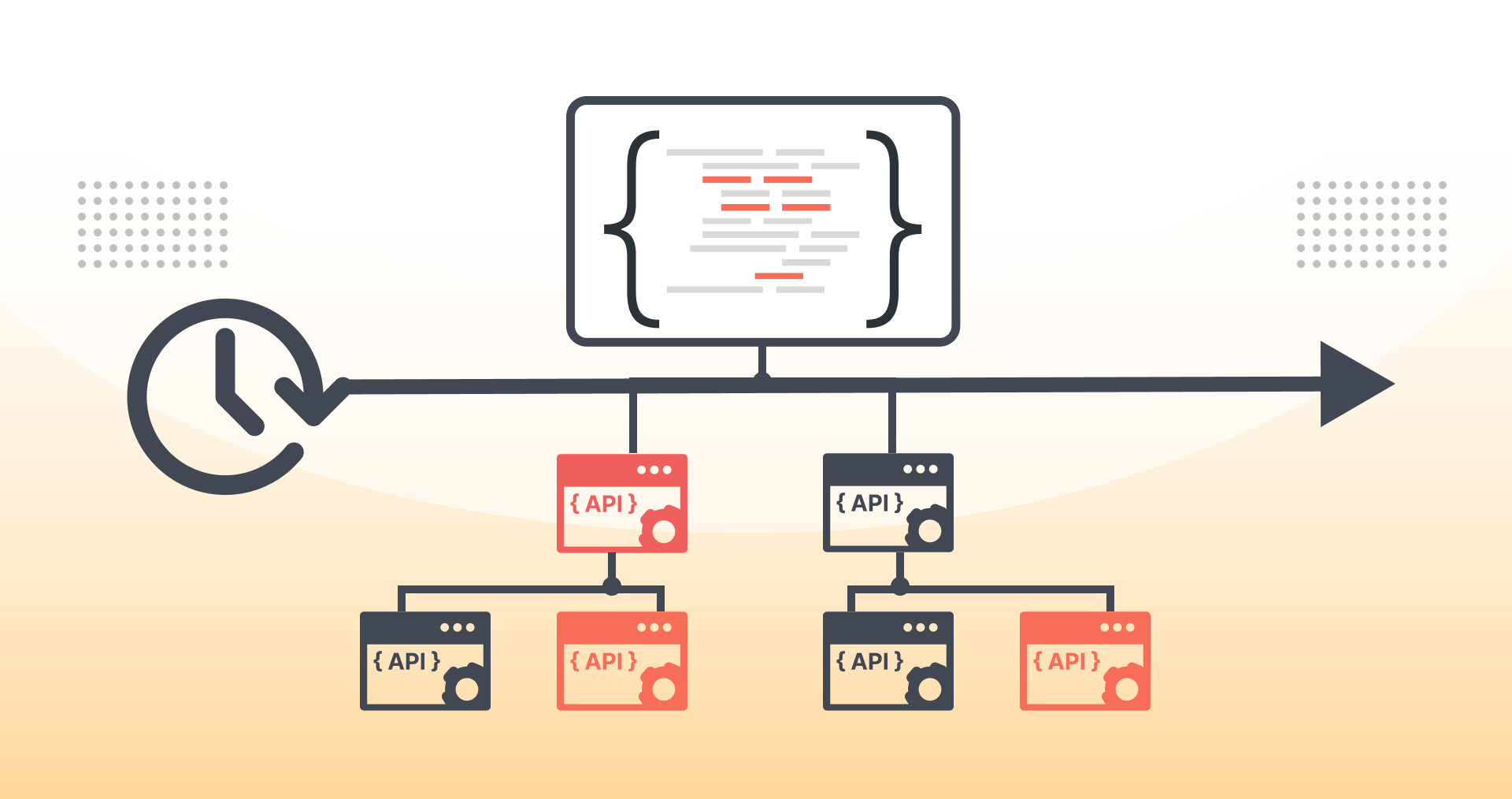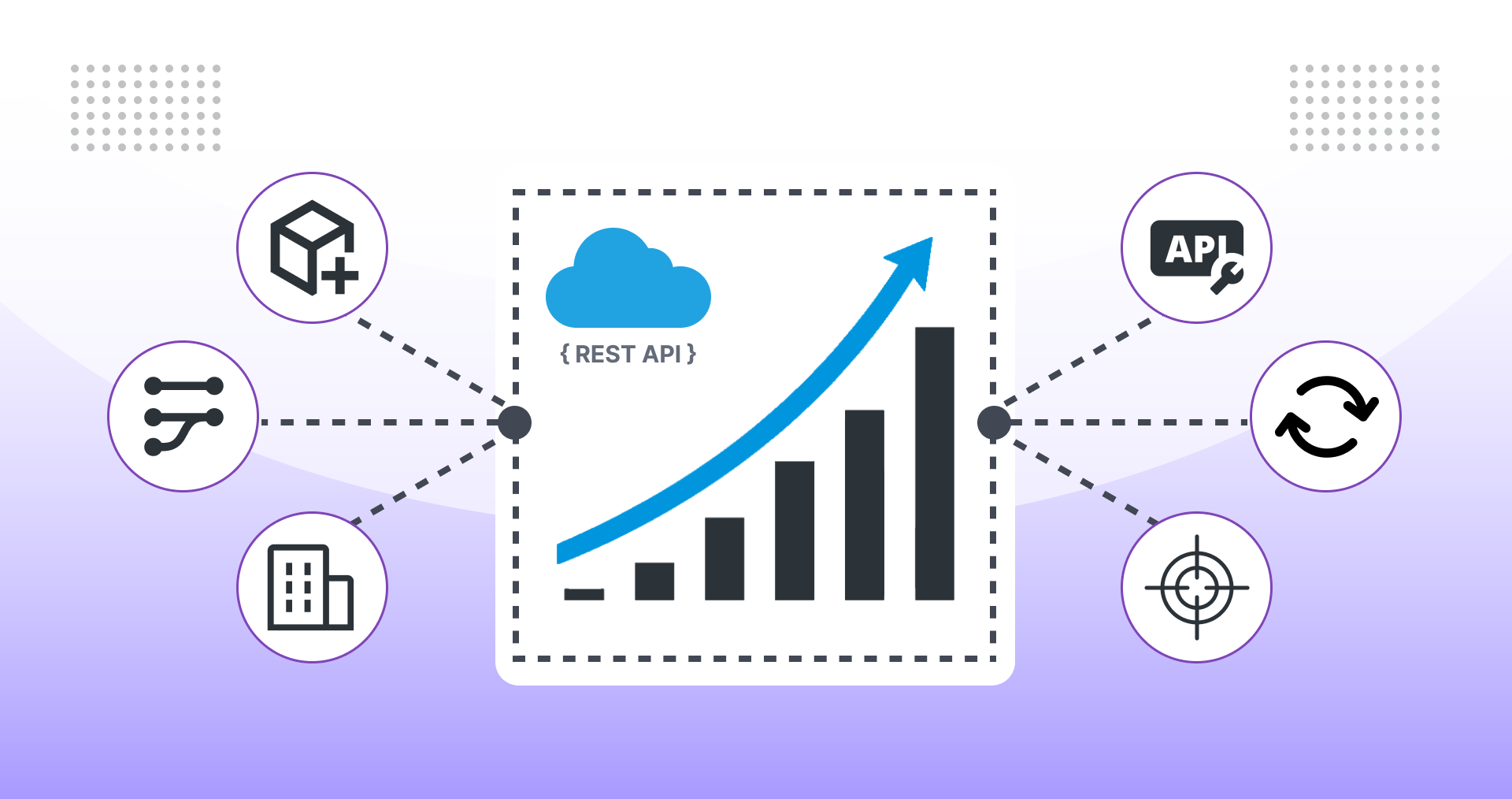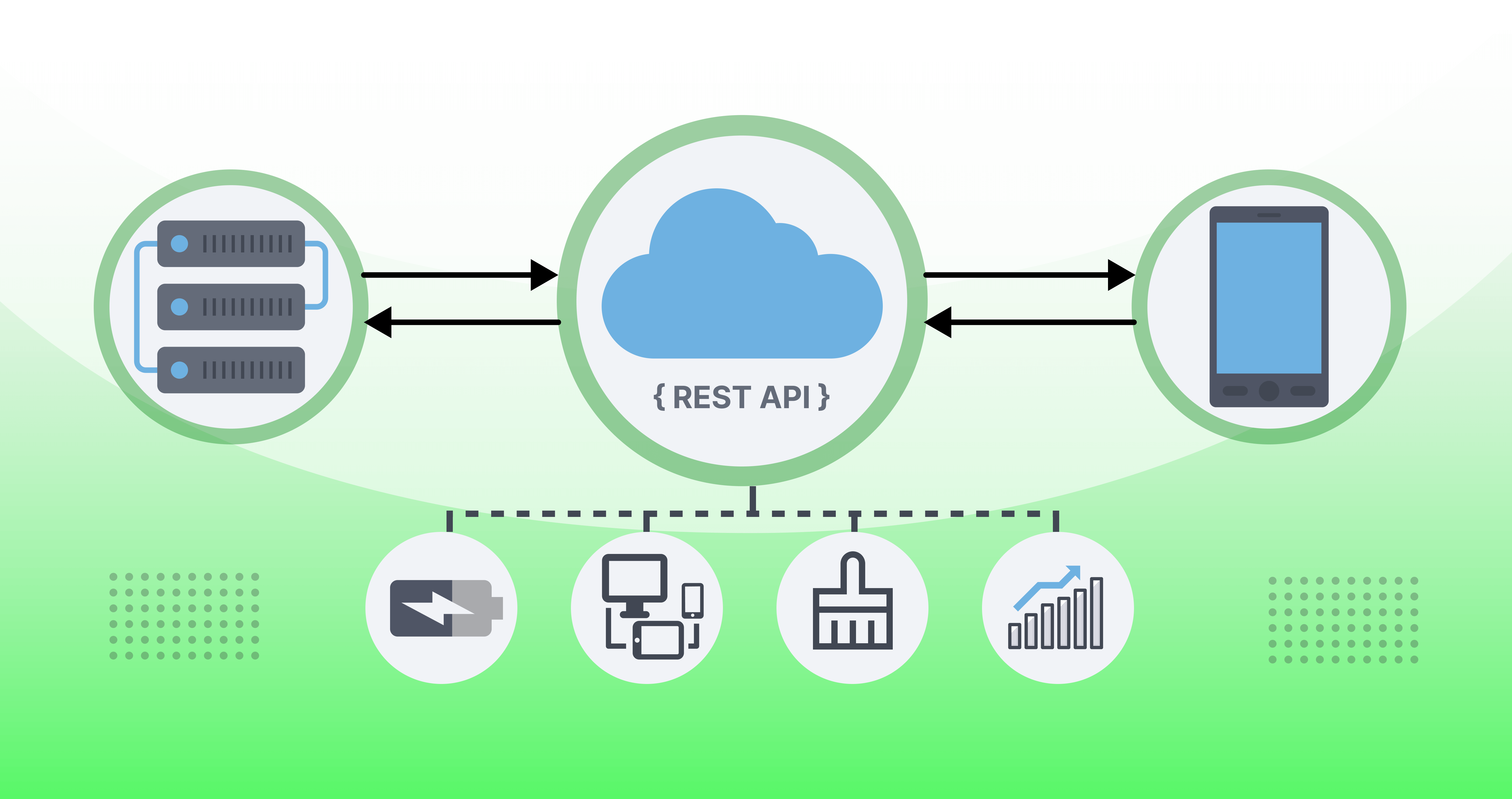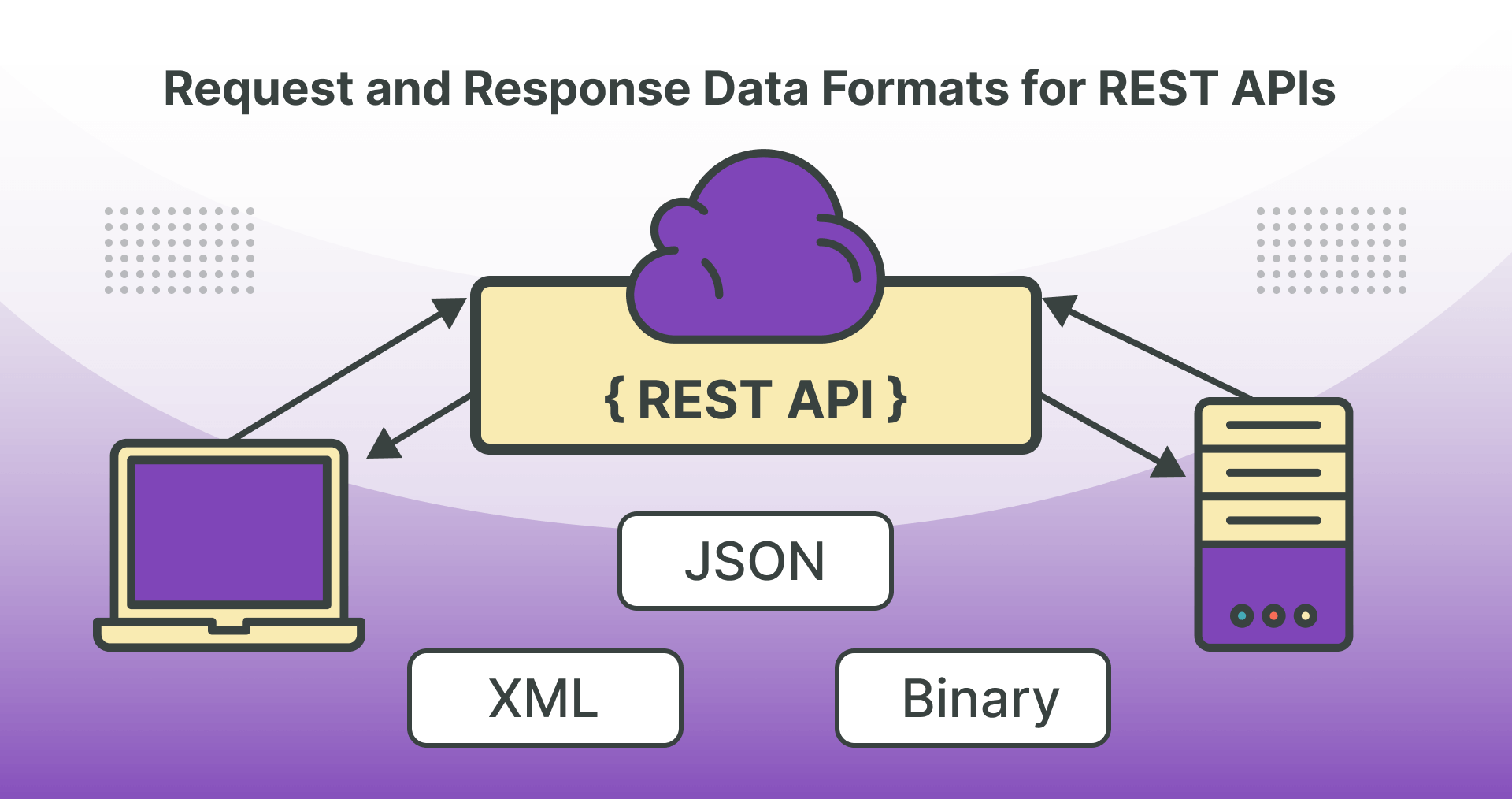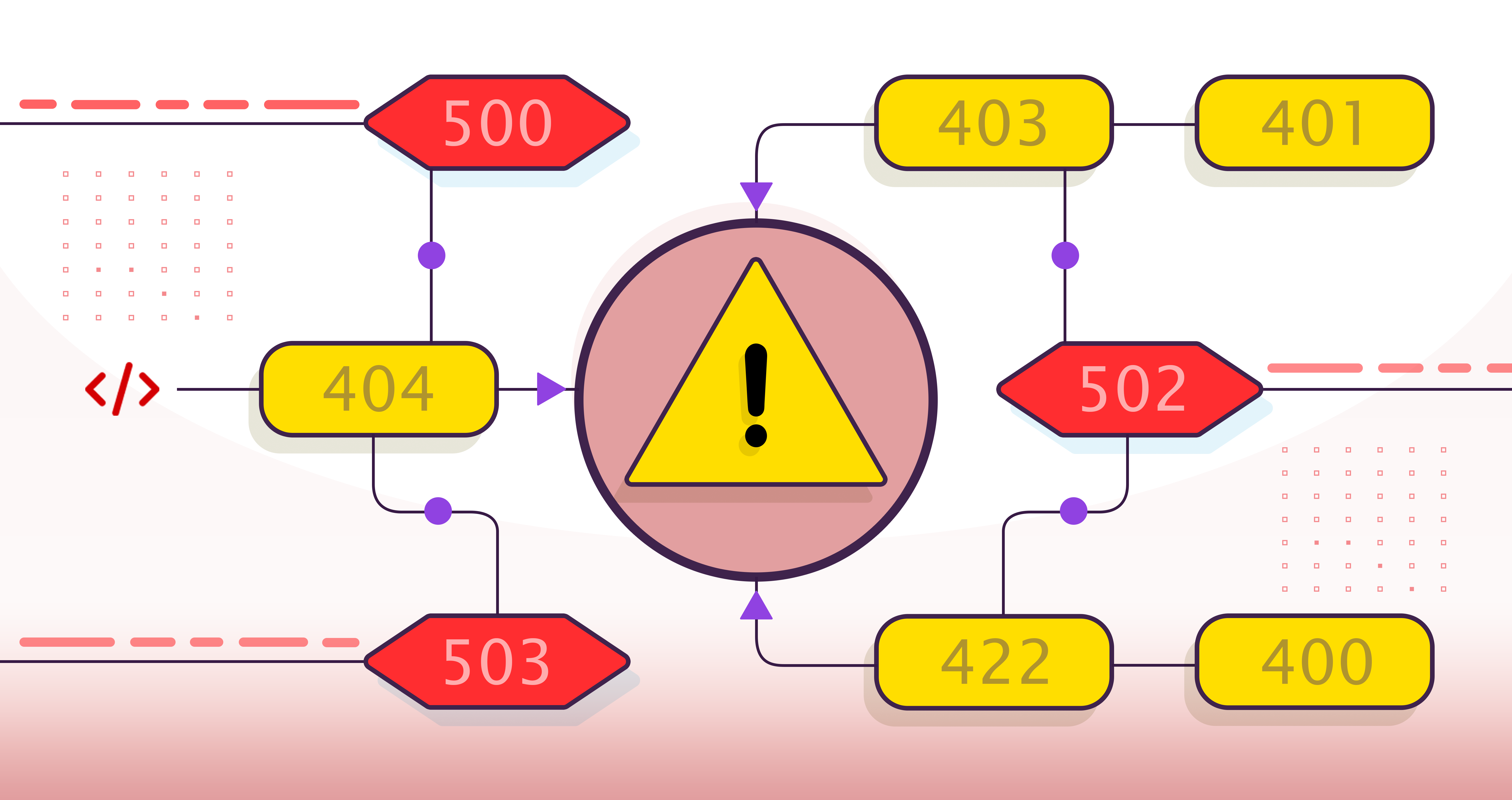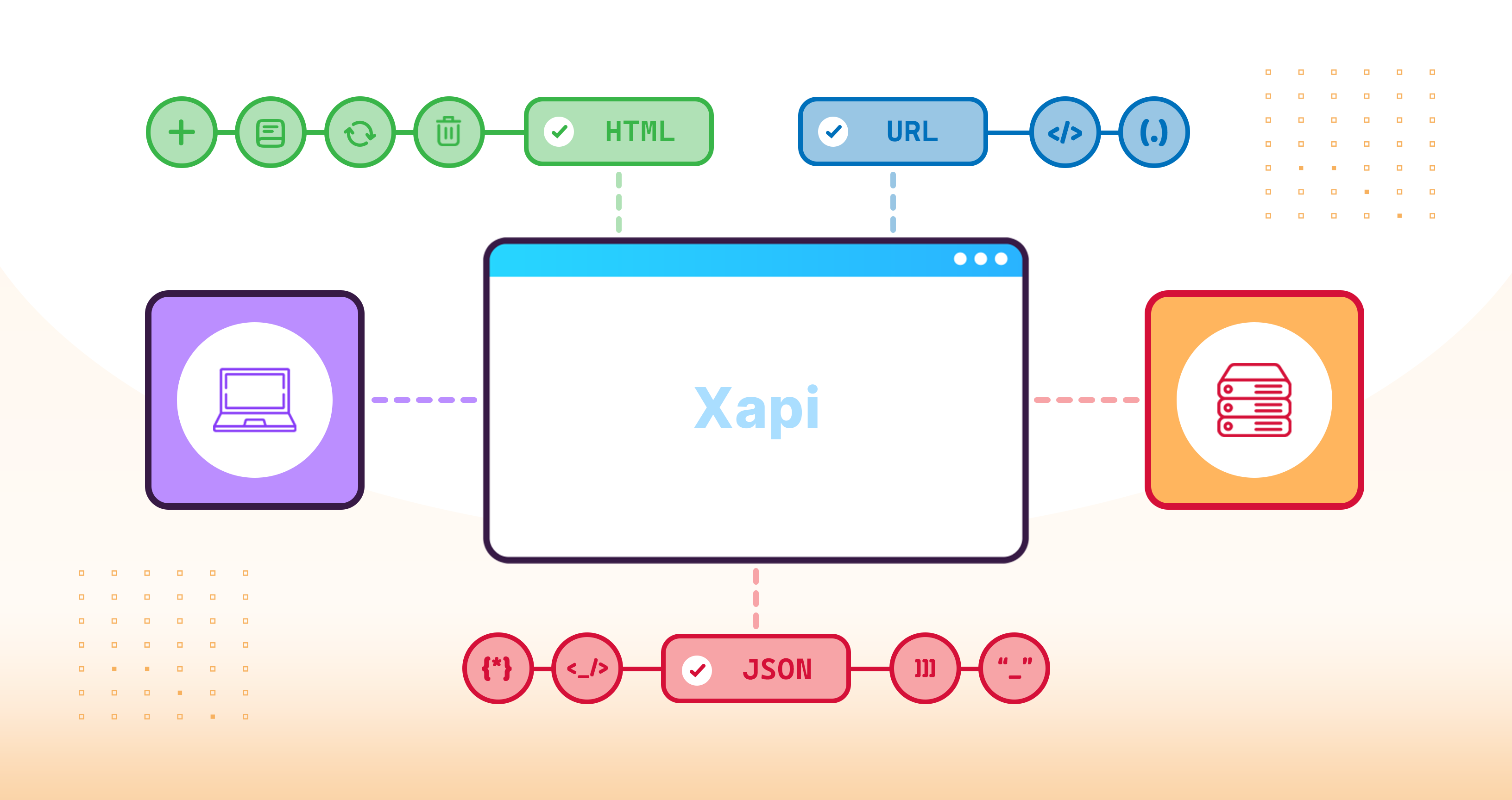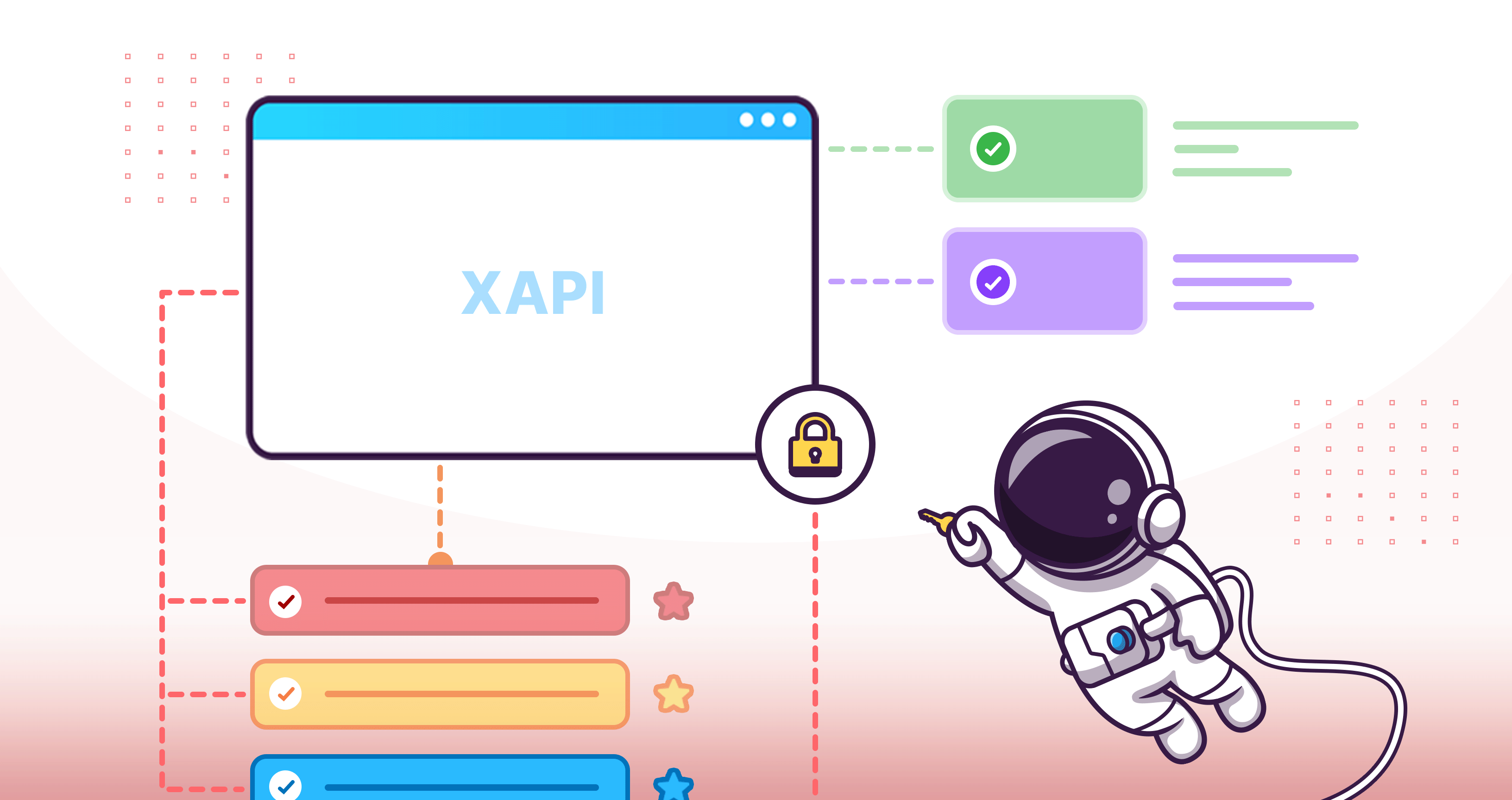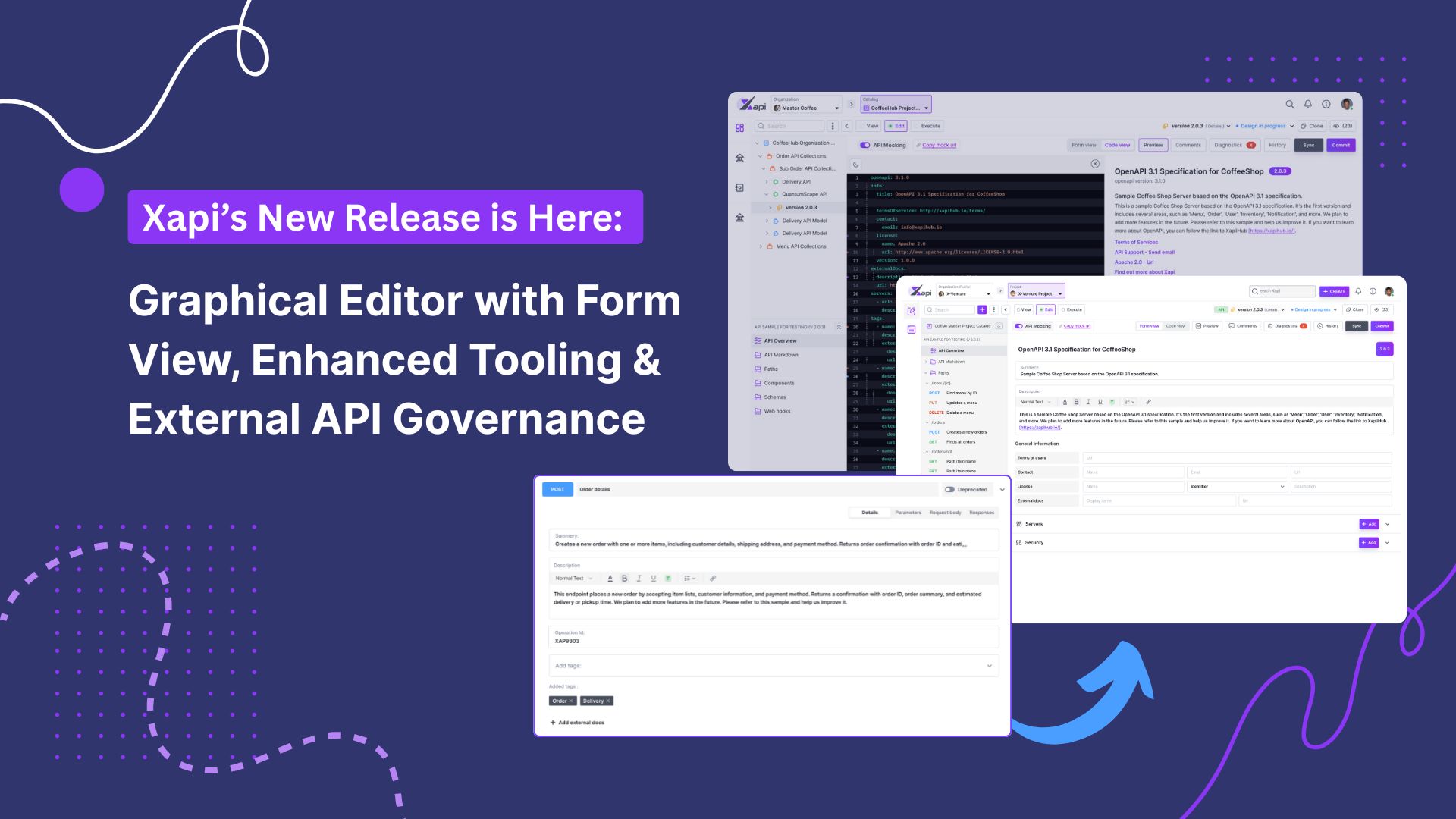Mastering REST API Evolution

Shamali Sathindra
21 September,2023 •
4 mins read
In the dynamic landscape of software development, building and maintaining RESTful APIs is a cornerstone of creating successful web applications. As APIs evolve over time, ensuring a smooth transition for existing users while accommodating new features becomes a challenge. This is where API versioning strategies come into play. In this blog post, we'll delve into the realm of RESTful API versioning strategies, exploring various approaches and dissecting their respective advantages and drawbacks.
What is RESTful API Versioning?
API versioning is the practice of assigning a unique identifier to each iteration of an API, indicating changes and updates in its functionality. This version identifier enables API developers and consumers to manage changes in a controlled and predictable manner. By providing clear and distinct versions, developers can ensure that new features can be introduced without breaking existing functionality.
Why RESTful API Versioning is Important?
API versioning is crucial for maintaining a healthy developer ecosystem and a positive user experience. Here's why:
-
Continuous Innovation: Developers can confidently introduce new features and improvements without worrying about breaking existing implementations.
-
Preserve Compatibility: As APIs mature, changes are inevitable. Proper versioning ensures that existing clients continue to work as expected, preventing sudden disruptions.
-
Enhanced Communication: Clear versioning facilitates communication between API developers and API consumers, making it easier to understand which version is being used.
-
Smooth Transition: When transitioning to a new version, users can plan and implement the required changes in a controlled manner, avoiding last-minute surprises.
Different Approaches for Versioning RESTful APIs
Several API versioning approaches are employed in the tech industry. Each approach has its own benefits and challenges. Let's explore the most common ones!
-
URI Versioning
In this approach, the version number is included directly in the URI of the API endpoint.
Example:
https://api.example.com/v1/resource
Pros: Clear version indication in the URI; simple to implement.
Cons: Clutters the URI, potentially causing readability issues; switching versions requires URI changes.
-
Accept Header Versioning
Version information is included in the Accept header of the HTTP request in this approach.
Example:
GET /resource HTTP/1.1
Host: api.example.com
Accept: application/vnd.example.v1+json
Pros: Keeps URI clean; clients can request versions easily.
Cons: Slightly more complex implementation; testing different versions requires altering headers.
-
Custom Header Versioning
Here, a custom header like Api-Version is included in the request to specify the desired version.
Example:
GET /resource HTTP/1.1
Host: api.example.com
Api-Version: 1
Pros: Separates versioning information from other headers; explicit client version request.
Cons: Requires effort on both client and server sides; possible issues with caching mechanisms.
-
Media Type Versioning (Content Negotiation)
In this approach, the response format itself indicates the API version.
Example:
HTTP/1.1 200 OK
Content-Type: application/vnd.example.v1+json
Pros: Version information in response format; useful for multiple content types.
Cons: Similar challenges as Accept Header versioning; potential version leakage in API documentation.
Conclusion
Choosing the right versioning strategy for your RESTful API depends on your project's nature, development team preferences, and user needs. By understanding the strengths and limitations of each approach, you can:
-
Make an informed decision that ensures seamless transitions
-
Support ongoing innovation
-
Enhance your API's overall user experience
Remember, the key lies in maintaining a consistent and coherent approach throughout your API's evolution.

Shamali Sathindra
Product Owner at X-Venture






.jpg)

.png)
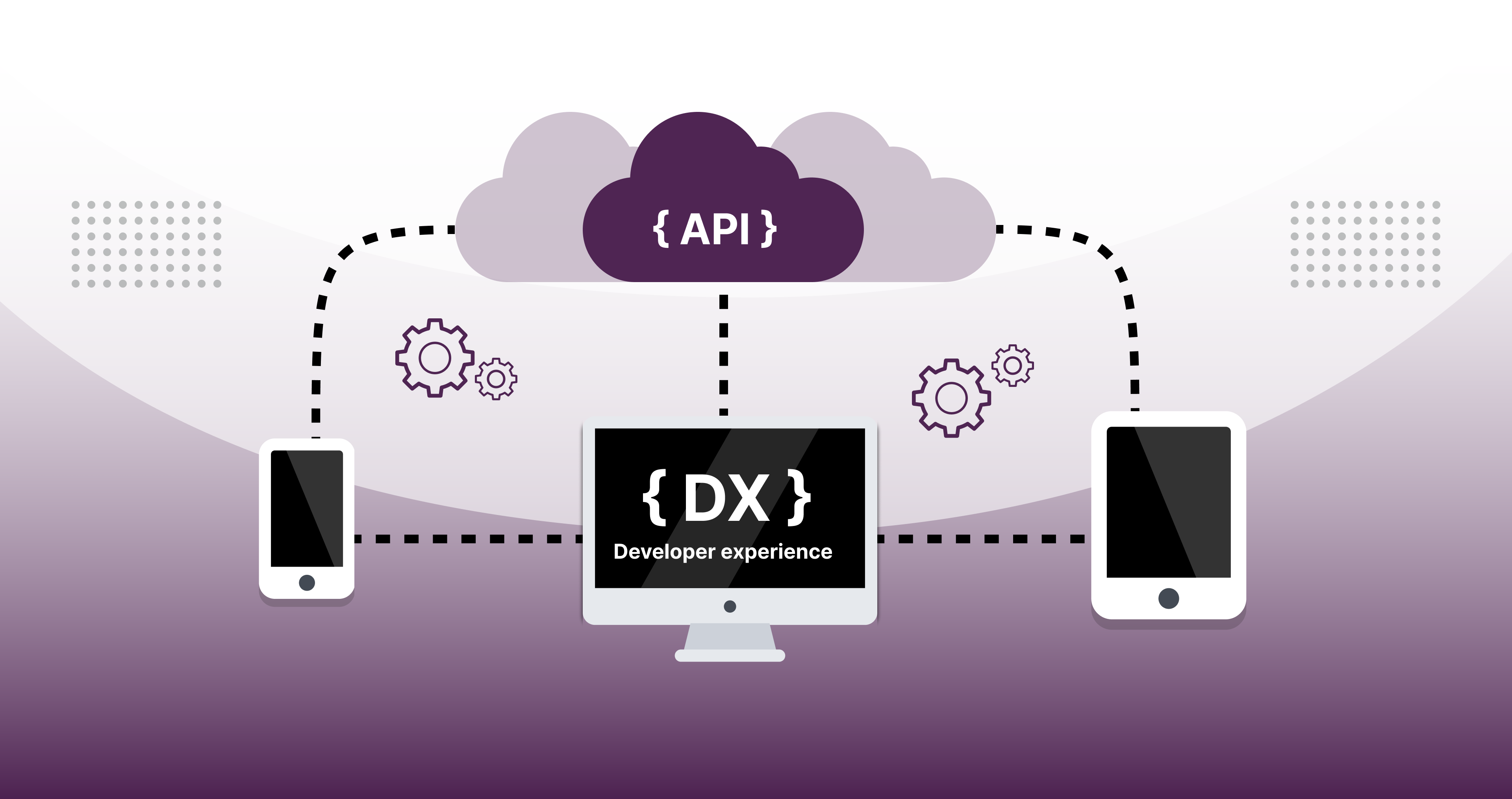

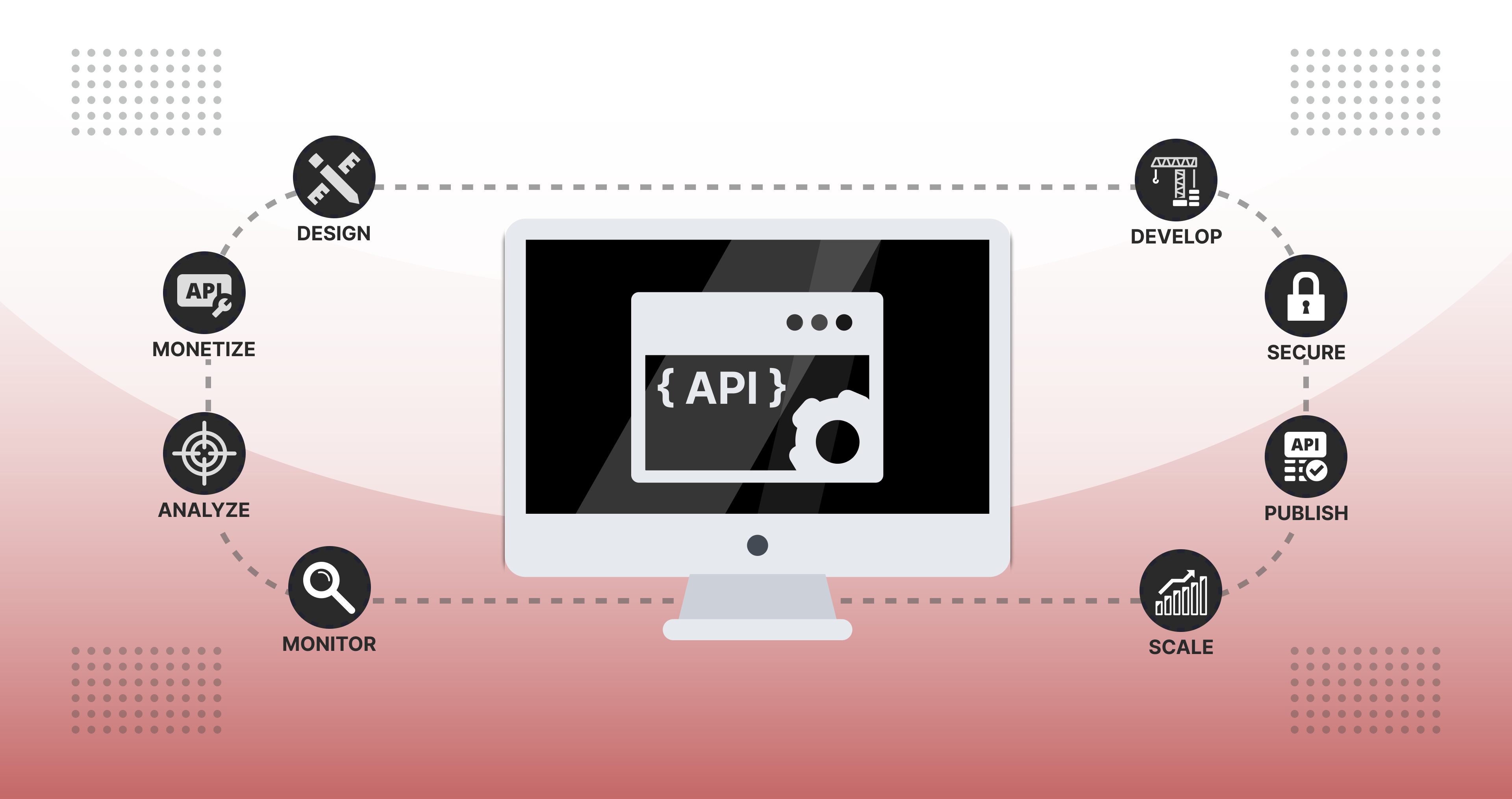
.jpg)
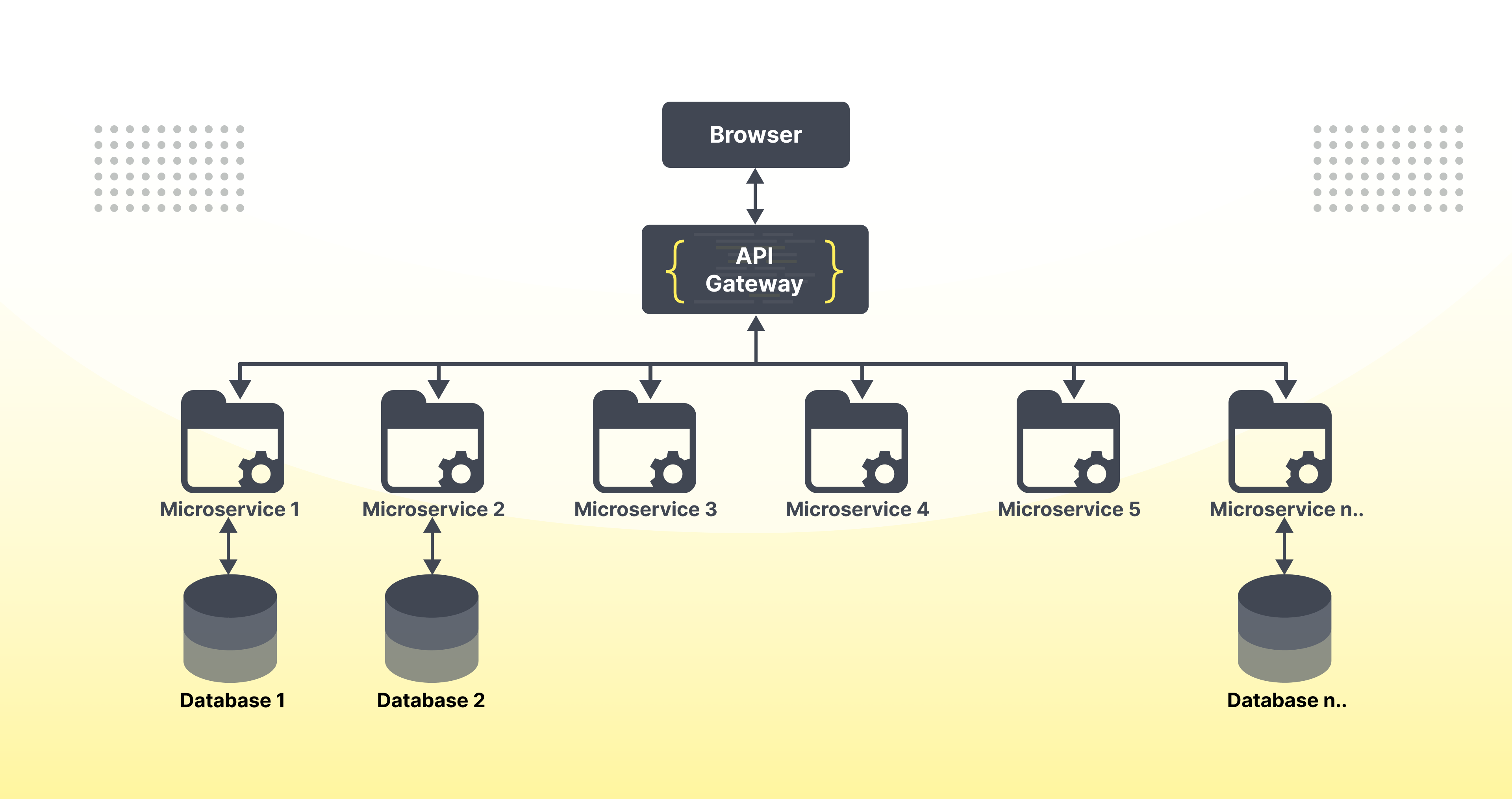





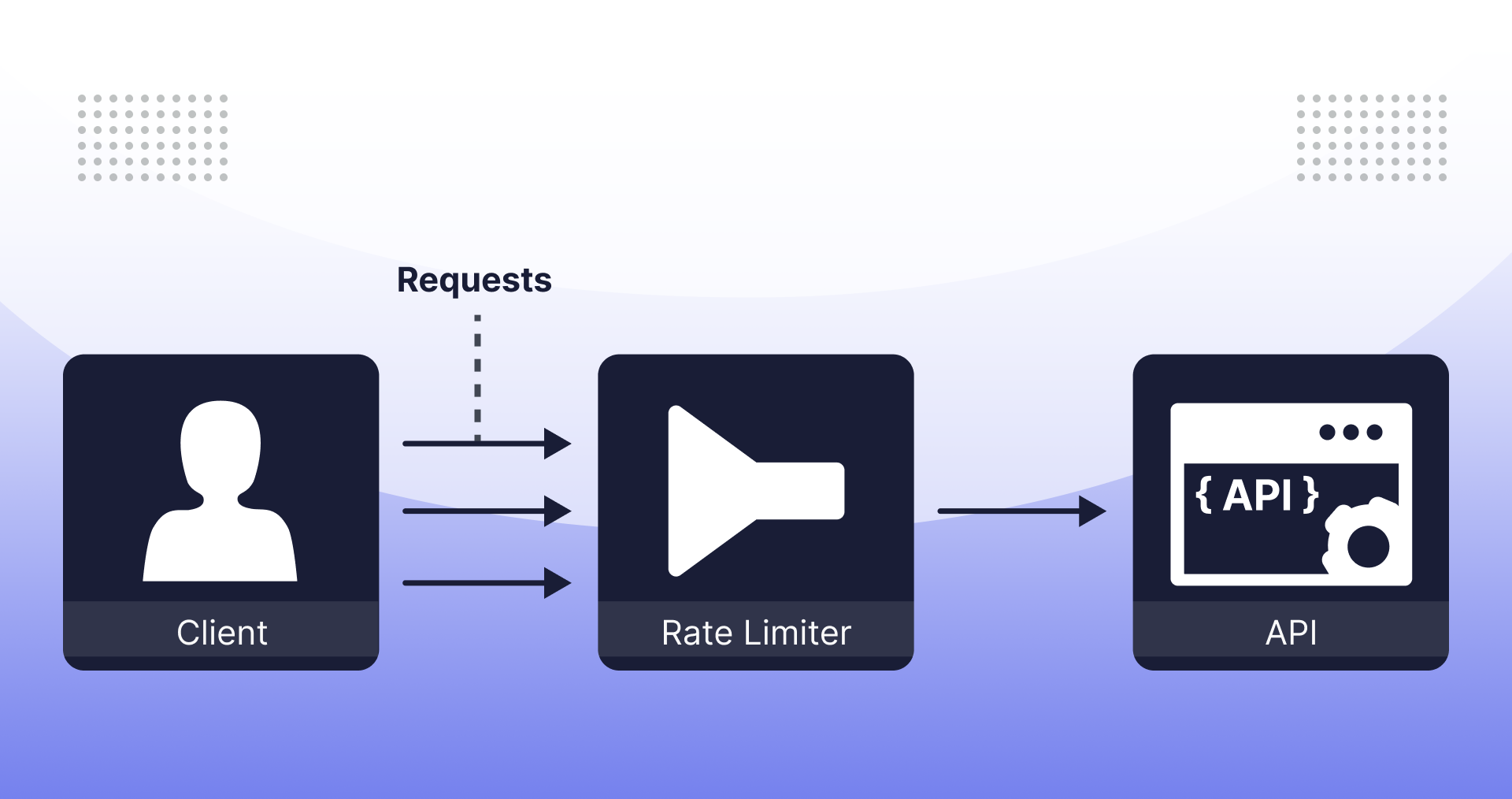



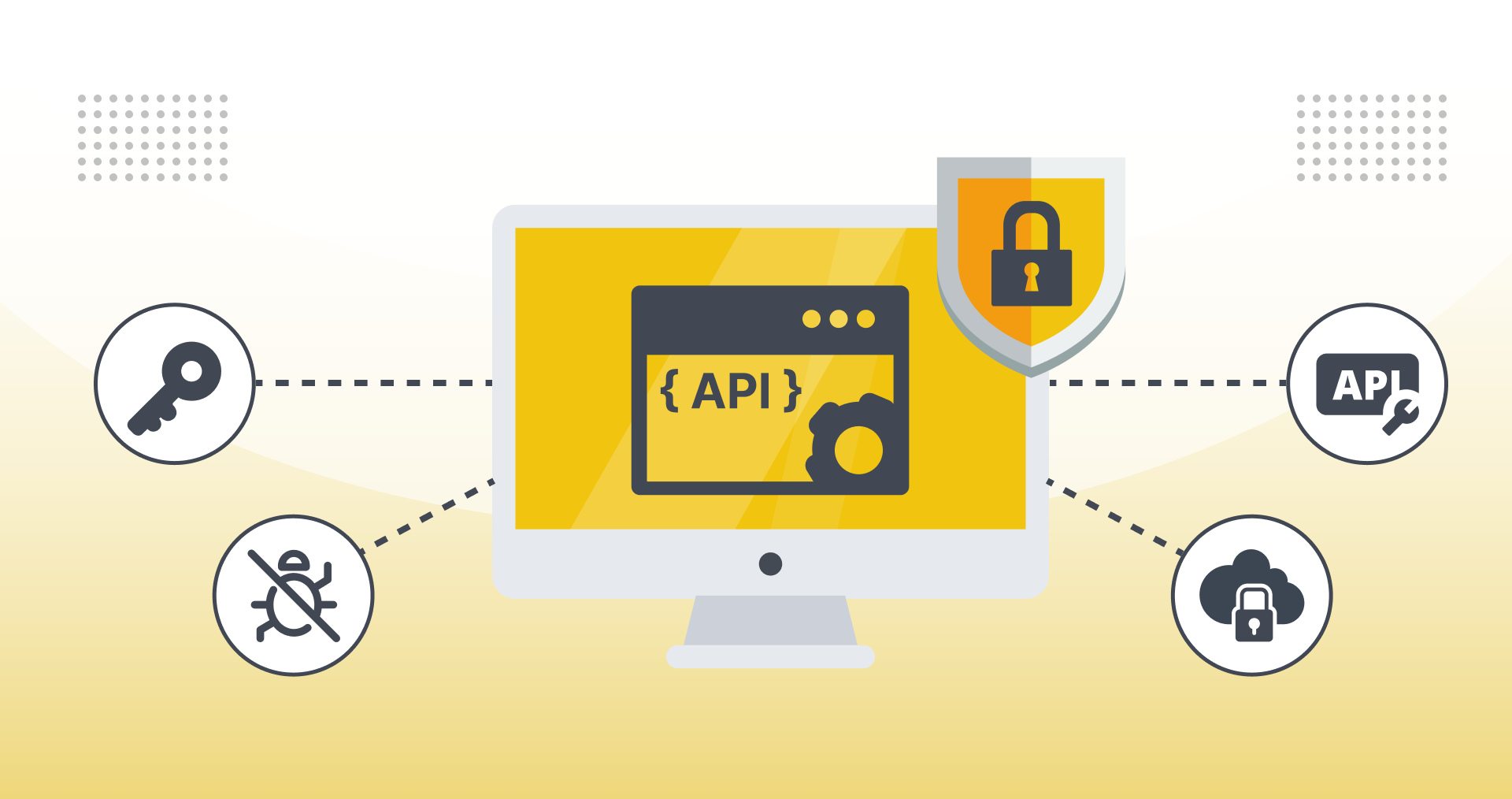

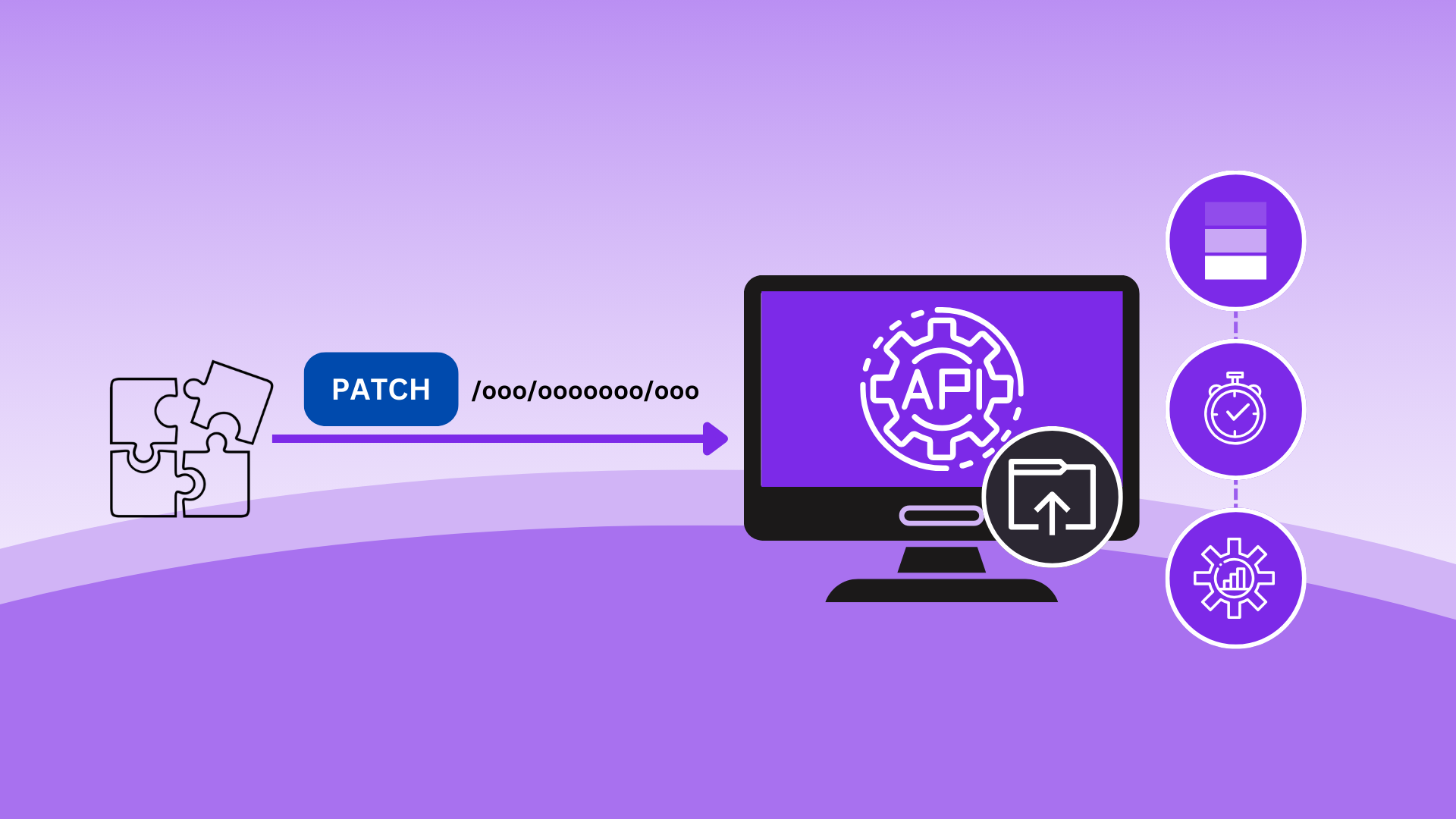
.jpeg)
